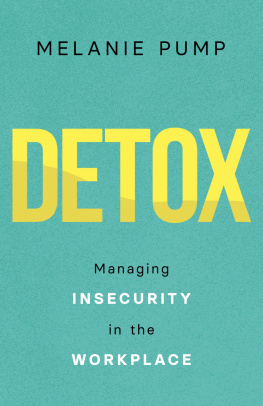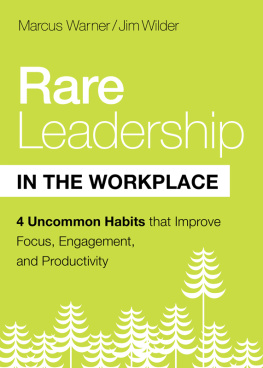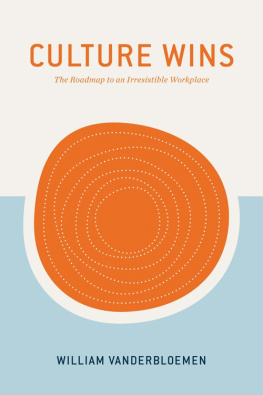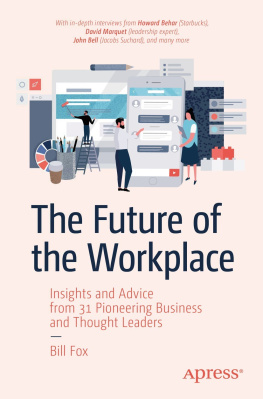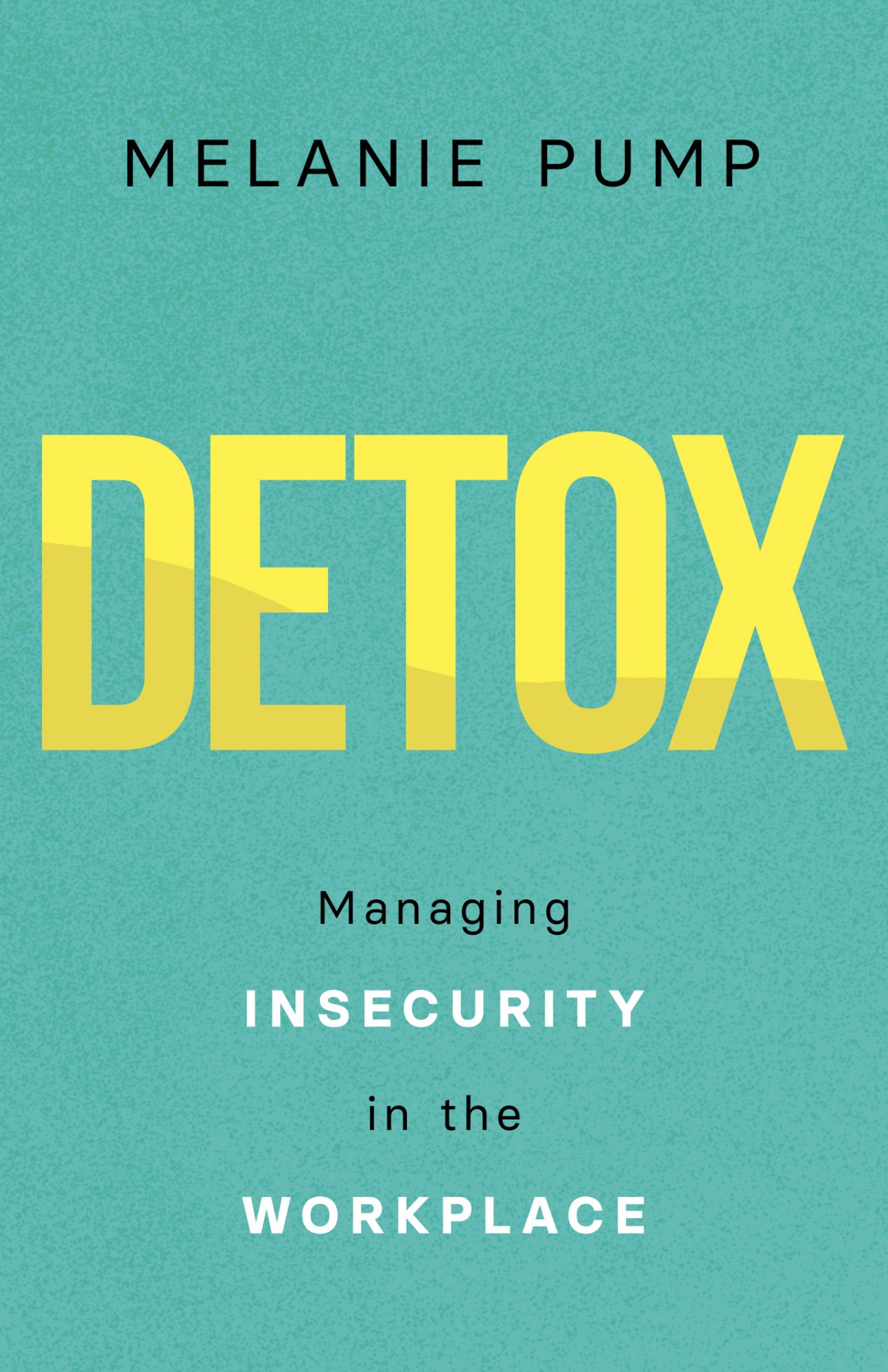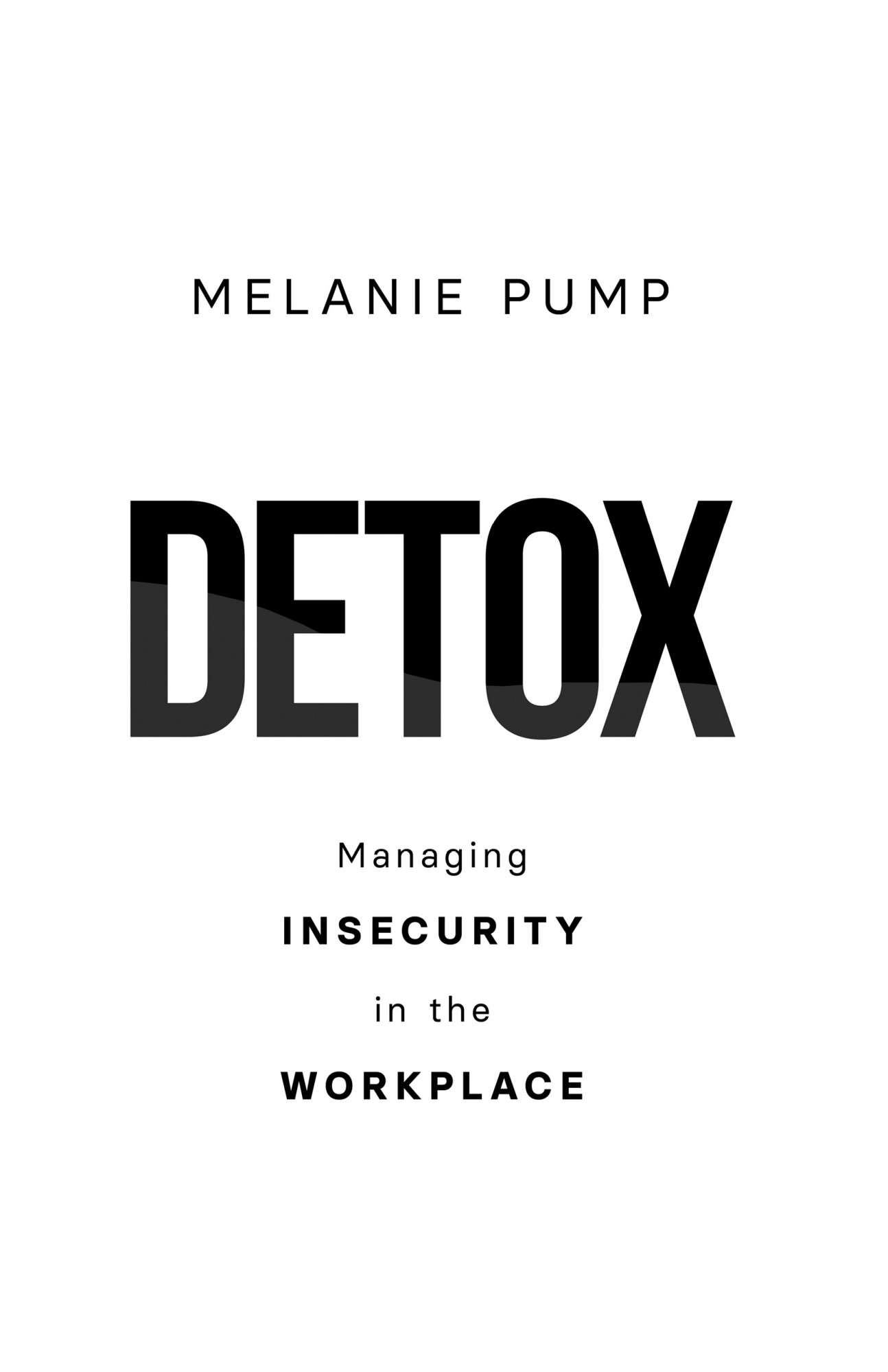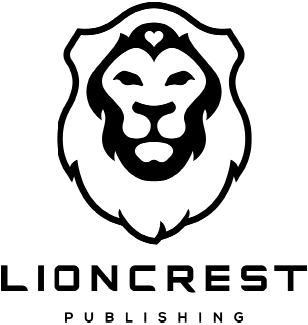T hank you to all those who helped me through their ideas and support to write this book. Special thanks to Mike Watson, Mona Forster, Kim Deschaine, Sarah Pump, Liz Chang, and last but not least, my mother, Susan Ross.
My Story
I t would be fair to question why a financial executive would write a book about the impact of insecurity in the workplace. Books about the mental well-being of employees are typically written by human resource professionals or psychologists, not by people in my field.
However, my lifes journey has made me an expert in insecurity, its effects, and how to mitigate them. And my work experiences have shown me the impact that leaders and work environments have on the level of insecurity that employees feel.
Twenty years in the corporate world have led me to my current role as chief financial officer (CFO) for a technology company. Prior to this, I held other high-level corporate positions, including CFO in a large international software conglomerate, and vice-president of finance in a North American e-commerce company. However, my trajectory to the C-suite didnt follow the standard route. This is what sets me apart from many of my peers.
My early years were marred by family drama. Not long after I was born, my family lost all of its assets to bankruptcy, and we were forced to leave our home. My parents marriage was already unstable and was unable to recover from this shock. They divorced.
The family crises continued throughout my childhood. By my fifteenth birthday, I had left my family home and escaped into drugs. I spent many nights sleeping on the streets. Its hard to imagine a more insecure situation: alone, not knowing where I would even sleep each night or what my future would bring.
My insecurities made the high school environment unmanageable for me, and I dropped out before completing grade ten.
However, my natural resilience and intelligence eventually awakened and won out, and when I was eighteen, I committed to quitting drugs and building a new life.
After a few years working in hospitality, I landed my first corporate job as a receptionist at an engineering firm. Although I wasnt aware of the ultimate destination at that time, this was the start of my path to becoming a CFO.
My purpose in sharing this story is not to gain your sympathy but to paint a picture of the challenges that an employee can overcome with the right support in a healthy work environment.
Given my life experiences to that point, I felt profoundly different from my peers and insecure about it. I was fortunate that my first corporate environment was healthy and had supportive leaders. I didnt realize my potential, but those leaders saw the potential in me, even though I didnt. They supported me to attend night school toward my bachelors degree. With their encouragement, I began to believe in myself and to overcome my insecurities.
I would later learn that healthy, supportive work environments are not the norm in the corporate world. Since that first job, Ive been in as many toxic work environments as I have healthy ones. Ive seen the harmful behaviors that toxic workplaces bring out in employees. These behaviors are peoples efforts to protect themselves, but they often work against the success of both the employees and the business.
The dichotomy between healthy workplaces and toxic ones is my trigger for this book.
Although my early work experiences showed me the power of a supportive corporate culture, I became certain of the difficulty to heal and grow in toxic work environments when I went through another challenging period later in my life.
My life partner unexpectedly died before the age of forty. Unfortunately, my workplaces during this time of grief were toxic. The negativity in those environments made it even harder for me to manage my anguish and mental health. It felt impossible to heal while surrounded by negativity every day.
To protect me, my subconscious pushed for the use of defensive behaviors, which I will discuss in this book. I had to manage these impulses while in leadership roles responsible for business objectives and the success of others.
When I felt a corporate culture was too detrimental to my mental health, I chose a better life for myself and resigned. Ive been empowered to do this because I know better environments exist. But how many people are struggling in toxic workplaces because they dont believe theres a better option? I believe this number is high.
A toxic work environment is not damaging to employees alone. I passionately believe that as it stands, many corporate leaders are doing a disservice to employees, businesses, and investors by tolerating harmful conduct in the workplace and accepting unhealthy work environments.
My heart and values influence my theories, but as a finance professional, I will also tell you that toxic corporate cultures hurt the bottom line: we are wasting resources when we accept them. The high levels of insecurity triggered in these environments limit employees ability to perform at their full potential. We are risking underperformance and missed objectives when we dont actively promote healthy, supportive workplaces.
Even companies that appear to be doing well (and I have worked at some of them) could be performing better if harmful workplace behaviors and approaches that create insecurity were no longer accepted.
This book is written for current and future leaders who are open to thinking differently and making positive change in the corporate world.
It will first lay out the core elements of human nature and brain function that are the foundation for workplace security and insecurity. Next, it explores and describes the factors in the workplace that trigger and magnify insecurities and the steps that leaders can take to mitigate these factors and create a corporate culture that will enable employees to produce their best work.
The observations and insights conveyed here will also be valuable to anyone seeking to learn what drives us from deep within. I will tell stories that are based on real experiences. The names and details have been carefully changed to maintain anonymity; however, the emotional tone of the situations and the impact on the people in them are real.
You may recognize yourself and others in the stories that I describe. The negative behaviors portrayed in the stories are often not who we really are; they are reactions to our situations, and they dont have to happen. Often, its self-preservation instincts driven by threats that causes undesirable conduct. Remove the danger in the environment and the harmful behavior will reduce, too.

